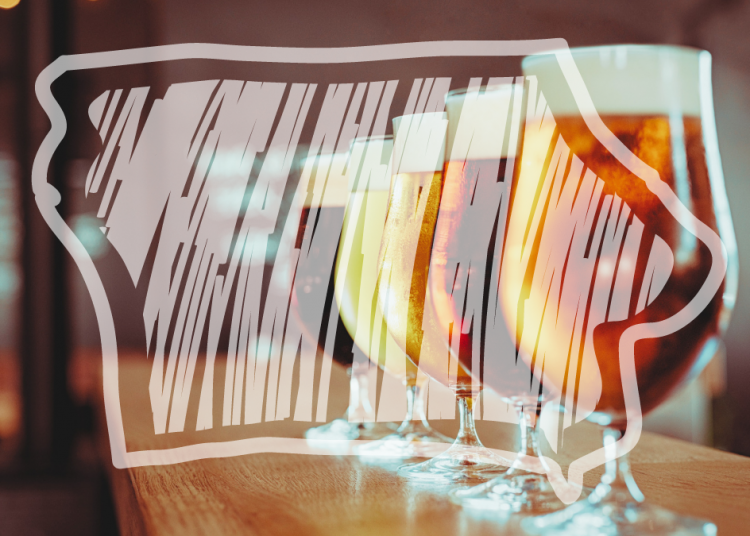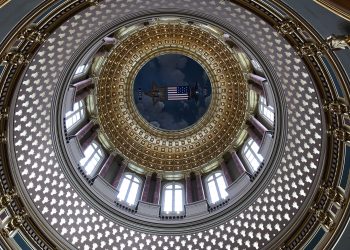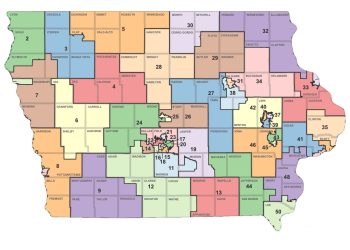(The Center Square) – While Iowa ranks 21st in the country for total beer regulations, some of its neighbors have significantly fewer regulations, according to research from the Mercatus Center’s State RegData 2.0 database.
With 10,061 regulations, Iowa’s number of regulations exceeds those of Minnesota (9,462, 23rd), Nebraska (5,616, 36th) and Missouri (5,840, 35th), North Dakota (2,936, 42nd), and South Dakota (1,177, 44th).
However, the state does rank well behind Illinois (22,198, 4th) and Wisconsin (12,614, 13th).
Mercatus Center Senior Affiliated Scholar Dustin Chambers told The Center Square that Iowa’s “about 4,600” retail regulations in Iowa “really stand out” to him as they are roughly double that of Missouri and Nebraska, which have about 2,000. Iowa also has about 2,824 direct regulations on breweries, compared to “just under 1,300” for Nebraska.
“As a rule of thumb, you know, the more regulations you have is going to make it more expensive for the consumer to end up purchasing alcohol at the end of the day because there’s more rules that the folks within the supply chain and the value chain have to comply with,” Chambers said.
Breweries’ regulations also create “indirect regulations” on farmers who produce hops and other grains for making beer, and more regulations on post-sale and retail distributions create “more hoops … to jump through” for distributors. Those factors generally lead to higher costs, he said.
“It’s the same commodity across the entire United States, it’s more or less equally safe anywhere you consume it, so it’s kind of hard to justify a lot of the additional rules that some states place on it,” Chambers said. “Also keep in mind there are [115,000] federal regulations that every state has to comply with, which covers a lot of the worker safety, environmental regs, and product safety rules.”
The Mercatus Center quantified regulations as the number of restrictive words such as “shall,” “must,” and “may not” that a machine learning algorithm identified as applying to beer distribution, breweries, and related farming.
Chambers co-authored the article “How many regulations does it take to get a beer? The geography of beer regulations” with fellow researchers Aaron Staples and Trey Malone. The article was published in Regulation & Governance.
In a working paper the researchers published, “The Economic Geography of Beer Regulations,” through The Center for Growth and Opportunity, they note that they “make no reference to the objective or the quality of the regulations” and rather assume them to have equal quality and compliance impacts.
“However, real-world regulations can vary substantially in their costs and benefits to the supply chain,” they wrote. “For example, regulations may be put in place to expand local value chains.”
Iowa legislators have advanced legislation this session as well on the regulation of alcohol and its delivery. Those bills include HF 384, which passed the Iowa Senate in a 45-3 vote on May 5, and HF 766, which was enrolled after passing the Senate in a 39-7 vote on April 21, and the House in a 88-3 vote on April 7.
















